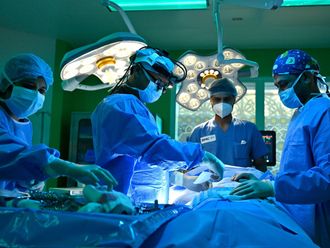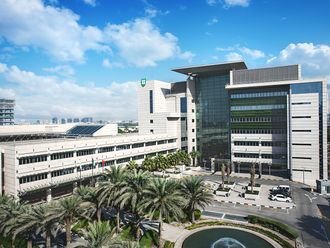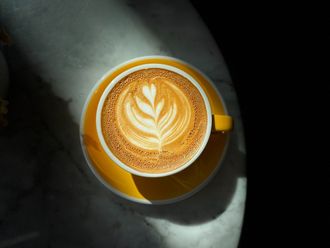
Dubai: The Mediclinic City Hospital in Dubai Healthcare City has 229 beds and each patient generates 3.2kg of medical waste a day.
“It is costly for us to throw things away,” says Alan Wilkinson, manager, engineering services, at the hospital. He points out that each patient also generates 14kg of general waste and 1.5kg of waste that can be recycled.
Every hospital has various types of waste that it generates in different combinations depending on its function and facilities. Mediclinic City differentiates its waste into three types: general waste, that is also known as bulk waste and comprises paper, plastic, napkins and bottles and two other categories that comprise medical waste and toxic waste, such as drugs used for chemotherapy for various cancers.
“Safety is the key factor, so we look at everything quite carefully,” says Wilkinson, explaining that gloves that have blood spilled on them are segregated for the medical waste bin. If they are not soiled, they are disposed of as general waste.
Limiting infection
The gloves are generally used once only for one patient and then disposed of. “That limits the potential for infection,” he says.
Wilkinson said that the hospital differentiates its waste so that there is no chance of one contaminating the other. General waste is put into black bags. Yellow bags are for medical waste or biohazardous waste. Toxic waste is put into purple bags.
“It is escorted [off the premises] according to the rules,” he said.
The hospital has a specialised contractor to bag and transport the waste.
“The incinerator is licensed by Dubai Municipality. No private companies own incinerators, and that guarantees the complete efficacy of incineration,” he says.
According to the hospital’s Facebook page, it has managed to achieve a 28 per cent reduction of medical waste per bed, and a 40 per cent decrease in general waste per bed per day.
Staff who bin the waste wear protective clothing, such as gloves, gowns, aprons, and masks that have anti-splash fields to cover the eyes.











